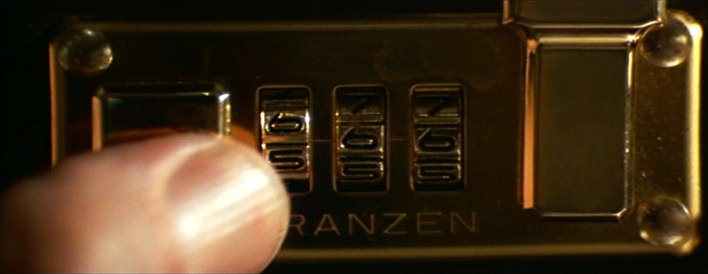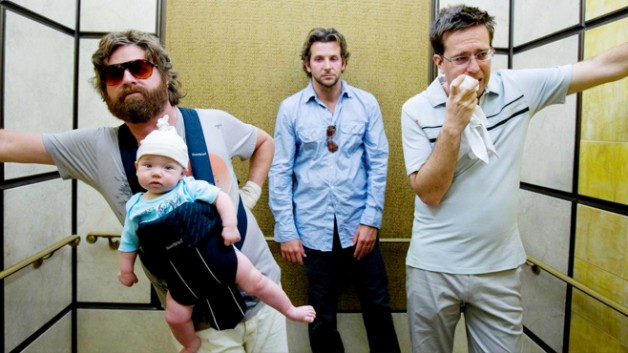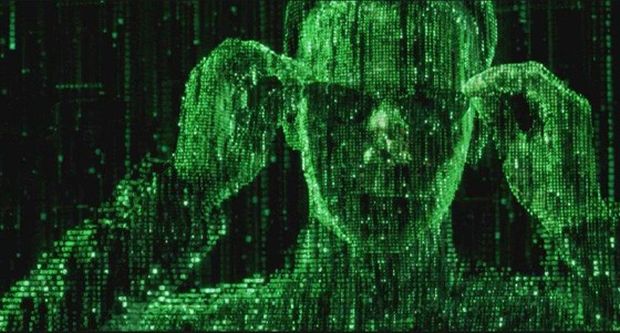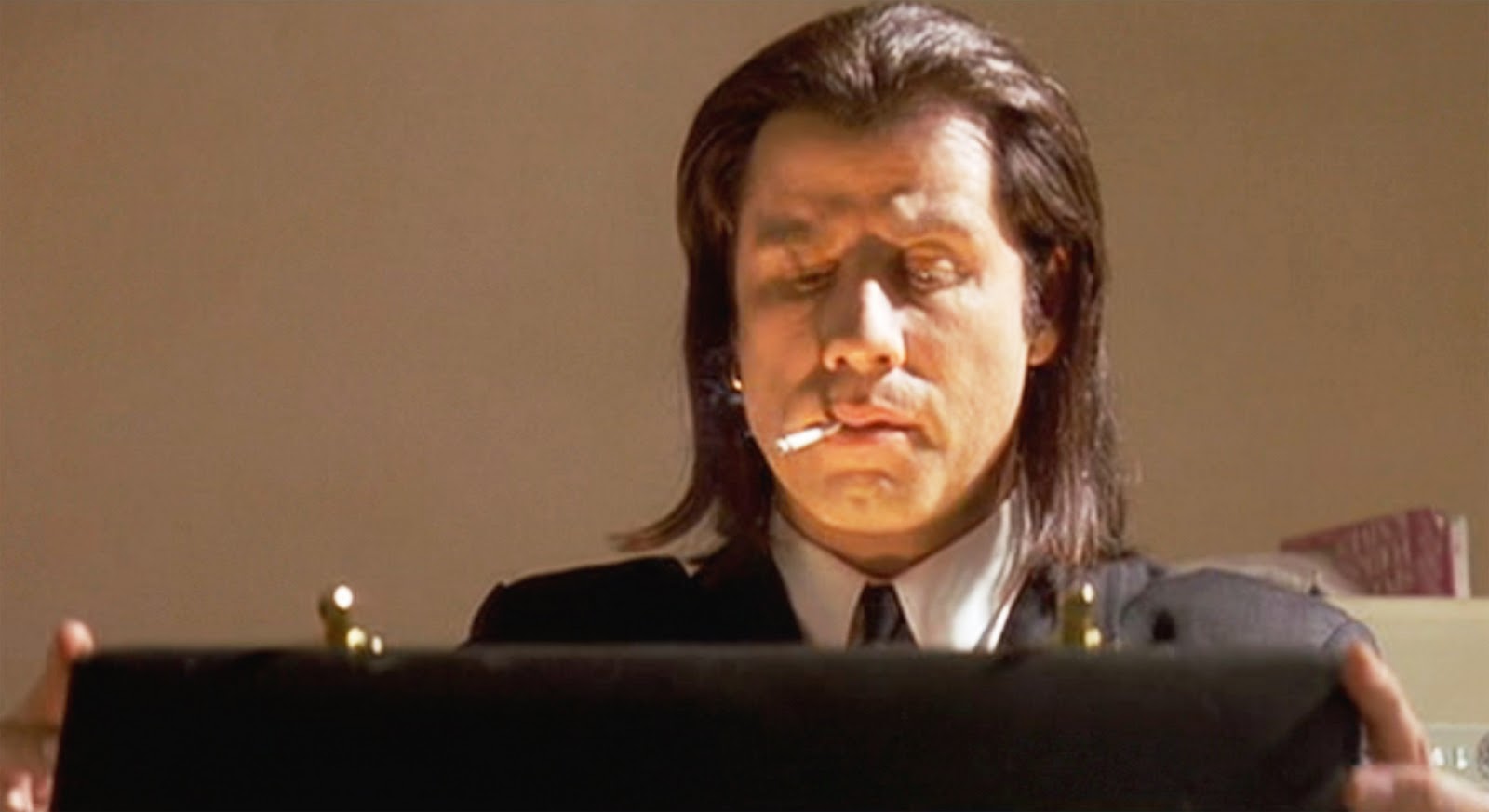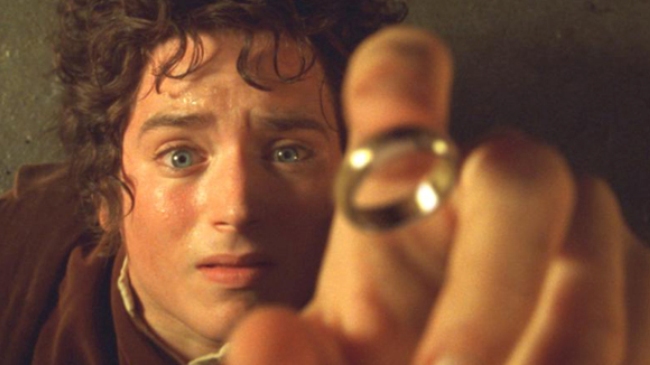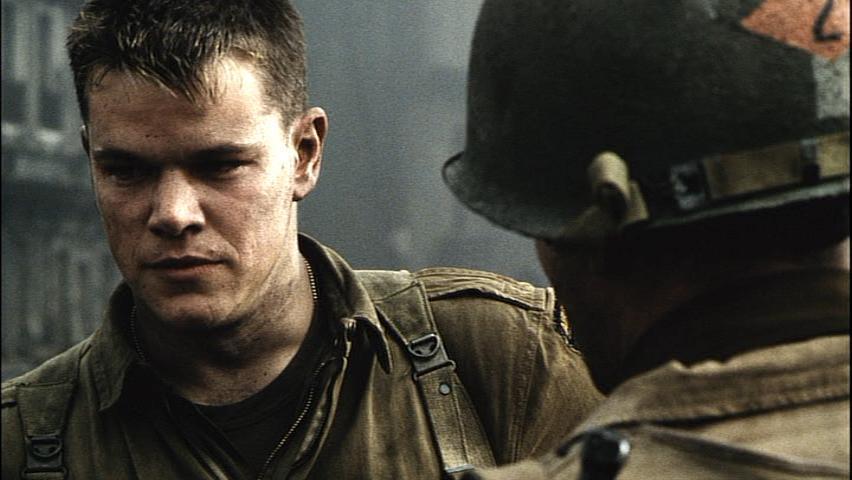A common complaint of movie critics and some viewers is that heroes and villains in film often lack in motivation. Villains often can get away with megalomania or some sort of disorder, but heroes usually don’t. This problem has plagued storytelling since the beginning, and it’s usually solved with the introduction of what we now know as a macguffin.
Sir Alfred Hitchcock is credited with popularizing the phrase, but the origin isn’t quite clear. His early mysteries cemented the macguffins in the public’s mind, even though they had been around for ages. (Hell, even Helen of Troy is a macguffin) I tried to include all sorts of movies in the list, and I tried to put different kinds of macguffins, so there’s several great examples that didn’t make the list.
Hitchcock’s whole ouvre is the de facto example of great movie macguffins, and the list could probably be only films of his. I guess I just saw him above the list, in his own league.
If you want to check the master at work, perhaps the best macguffins in Hitchock’s films are: The Necklace in Vertigo, the Mistaken Identity of Caplan in North by Northwest, the $40,000 in Psycho, the coded message in The Lady Vanishes, and the suspected murder in Rear Window. Probably any of these could have been in and even topped the list.
Without further ado, here is the list of 10 of the best movie macguffins that appear somewhere else other than a Hitchcock movie. (Some spoilers are discussed mildly, but nothing that isn’t mostly common knowledge).
10. Doug (The Hangover)
We kick off the list with a potentially controversial choice: the lost friend Doug, from “The Hangover”. There are several examples of people as macguffins (there might be another one on this list), but the thing about Doug is that he is the excuse for the happenings in the movie in more than one way.
First, the reason for the trip to Las Vegas is his bachelor party, so from that point the plot exists because of him. But later, after the disastrous night they don’t remember, they have to get him back in time for his wedding. All the shenanigans and the weird things that happen are caused by the fact that Doug is lost.
9. The Matrix (The Matrix)
At first, the Matrix was higher in the list, but the thing is that it kind of remains the macguffin for just a little while (just counting the first film), and afterwards it is just the main setting of the film. Of course, the whole reason for the fight is the fact that machines have trapped most humans in the Matrix. But the best moments for the Matrix as a macguffin come during the first half hour of the film.
Thomas A. Anderson has a boring office job as a programer but moonlights as a hacker, penetrating systems and selling viruses and untraceable computer systems. He does this with the alias ‘Neo’. A legendary hacker, Morpheus, mentions the notion of the Matrix, to ‘Neo’, but he doesn’t really understand what it is. From that point, up until ‘Neo’ learns the truth, the Matrix is the perfect macguffin, an abstract concept that motivates our hero to rise up the occasion. The Wachowskis proceeded to take it too far in the sequels.
8. The Briefcase (Pulp Fiction)
What did it contain? The soul of Marsellus Wallace? Diamons? A light bulb? We will never know, and that was kind of the point.
According to Quentin Tarantino and Roger Avary, the briefcase in Pulp Fiction originally was to contain diamons, perhaps related to Tarantino’s previous film ‘Reservoir Dogs’, but him and Avary thought it to be too mundane and unoriginal. So they chose that the contents of the briefcase should never appear nor be mentioned in the film.
A little taste of what J. J. Abrams would later call “The Mystery Box”, the truth behind the briefcase is that its contents exist only in the mind of the viewer. The story of Vincent Vega and Jules Winnfield kicks off (in the second sequence of the film) when they’re on their way to retrieve the briefcase to give to their boss, Marsellus Wallace, and though the briefcase is not the main driving force of the movie, it remains an important motif throughout the film.
7. The One Ring (The Lord of the Rings)
I almost didn’t include this because it originally came from the book, but the movie versions have become as iconic as the book, so I thought it appropriate.
The One Ring was forged by Dark Lord Sauron in the Second Age, as a means to control other people who had rings of power. However, he lost it and was defeated by the combined forces of men, elves and dwarves. The ring was taken by Isildur, a king of men, who in turn lost it and was killed. And so it came to Gollum, who had it for hundreds of years and then lost it to the hobbit Bilbo Baggins. And the film begins.
The ring is an especially good macguffin because in spite of the fact that we see what it can do and we kind of know why it has to be destroyed, it still retains an aura of mystery. The ring’s powers remain abstract, it seems to represent temptation and corruption.
A ring that was forged in the volcanic dungeons of Mount Doom, in the heart of Sauron’s lands, can somehow only be destroyed by those same fires, and so Frodo and the Fellowship embark on a journey, crossing most of middle earth and facing impossible odds and tremendouse dangers, all because of the ring.
6. Pvt. Ryan (Saving Private Ryan)
When Steven Spielberg unleashed his second greatest war epic (after Schindler’s List, of course) the title was kind of a giveaway. The whole movie, starting from the title, revolves around trying to save Private Ryan, the last child of a family of four sons, the other three killed in action.
This mission might seem a bit out-of-reality at first, on a human sense it seems necessary, but sacrifices are mad in war. However this issue became hot in WWII after five brothers died when the vessels they were in was sunk. The story of Saving Private Ryan is partially based on a real case, of a group of soldiers accidentally dropped behind enemy lines, and how one of them, the last surviving child of his family, was rescued and sent back home.
We only get to see Ryan the last few minutes of the film, but the movie never lingers. For hald the ordeal, it seems almost impossible that they will succeed. And the thing is, we’ve never met Private Ryan, but the idea of his family and their suffering becomes the driving force for the company led by Captain John H. Miller. Private Ryan is, perhaps with Dylan from Children of Men and Harry Lime, one of the best human macguffins of all time.
